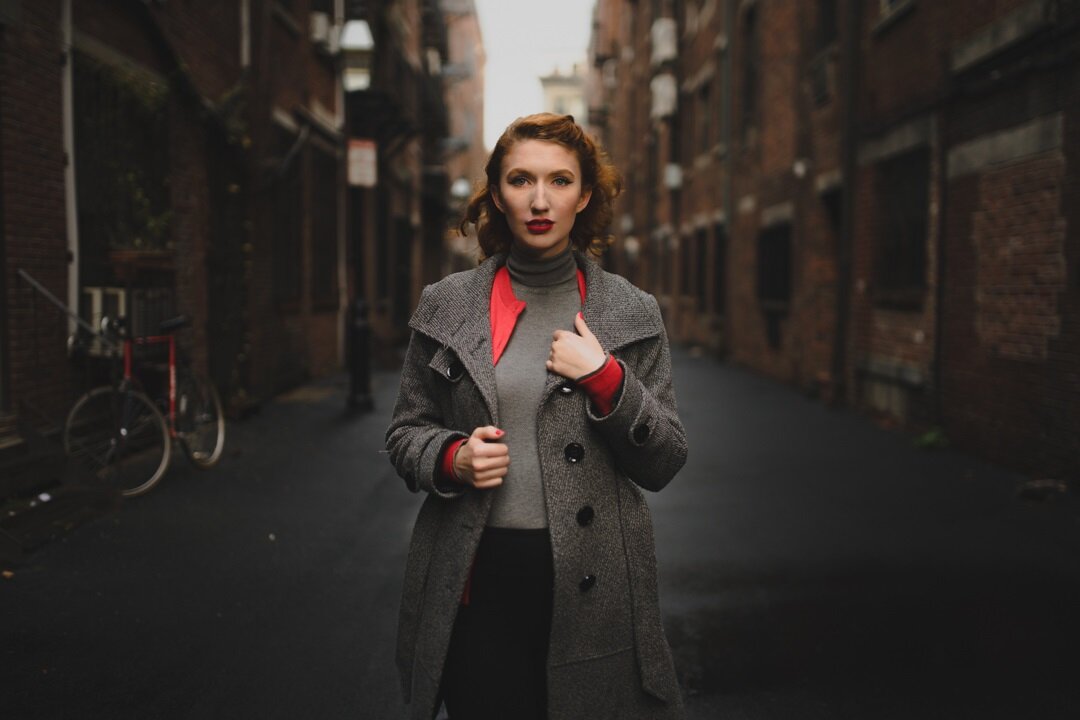
TV BLOG
The filming of Nani Wells music video "Dark"
The production for Nani’s music video “Dark” was a blast to make. We shot it over the course of two days, with a relatively loose concept.
The production for Nani’s music video “Dark” was a blast to make. We shot it over the course of two days, with a relatively loose concept. We filmed it all on the Sony fs5, while recording Raw Cinema DNG to our Atomos Shogun Inferno. For most of the video we used our Movi m15, with an Easyrig Mini Max to save our arms. We also used the Proaim Camera Jib to get the some overhead shots in the bathtub.
While we originally planned for 3 locations, the Vernon Boardwalk footage didn’t end up making it into the final edit. But with how cold it was that day, Nani was obviously freezing and who could blame her. It was 7am on a brisk, mid January morning.
For the edit, I colored all of the raw clips in Davinci Resolve and then exported them separately. Then I had Joey cut it together in Premiere Pro, using proxies so that we could exchange project files, and after I would do the final export on my computer. Cinema DNG can be huge in file size, so we recommend WD Black Drives for their mix of large storage capacity and performance. A raid DAS or enclosure might be necessary to mount them externally. We recommend using QNAP TR-004, Synology 4 bay NAS DiskStation DS920+, or for enclosures without raid a Mediasonic HF7-SU31C.
This page contains Amazon affiliate links. If you choose to purchase one of these products, we will be compensated and at no cost to you. This helps us to continue writing quality content for readers like you. Thank you for reading!
Things we think we did great
We worked well on the fly without a defined plan
We were able to keep the production relatively minimal
Shooting raw on the Fs5 was really great, despite the extra storage requirements
Things we think we could improve
We needed more B-roll, we started running out of shots during the edit
Our schedules and budget were limited, but both would have benefited from a thorough plan
We probably could have traded some of the gimble shots for tripod shots, to minimize strain on our two-man crew
We would have benefited from having more crew members. Some lighting sacrifices were made, due to limited mental bandwidth
More BTS from the video








